How do you get rid of Aphids on Heather?
Getting rid of Aphids on Heather wasn’t as easy as I thought. Natural remedies only worked temporarily, commercial products didn’t live up to expectations, and there isn’t enough information on the internet.
That’s why I created a list of 16 PROVEN Ways to Get Rid of Aphids on Heather.
This ultimate guide is broken down by how to get rid of aphids on Heather and how to prevent aphids with natural remedies that work, commercial products that live up to expectations, and secrets that only experts know!
What Does Aphid Damage Look Like?
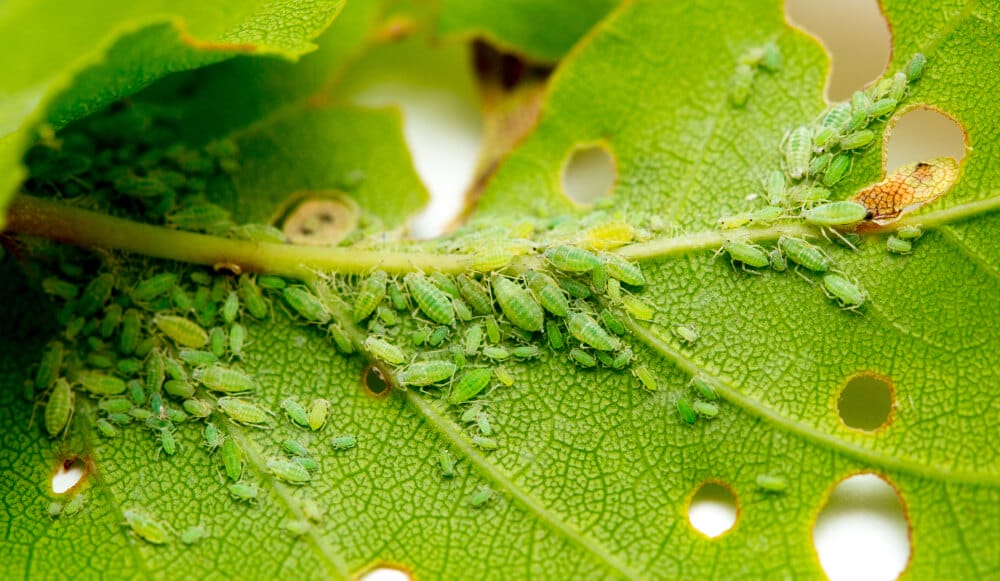
Aphid Damage can be quickly and effectively-identified. You should look for the following:
- Misshaped, curled, or yellow heather leaves
- Sticky substance on the heather stem
- Heather that are growing deformed
- Galls on the roots or leaves
- Small bugs on the opposite part of the leaf
- Large amounts of small bugs on the stem of the plant.
- Small bugs on the root of the plant
16 PROVEN Tips to Get Rid of Aphids on Heather
#1. Manually Remove Aphids
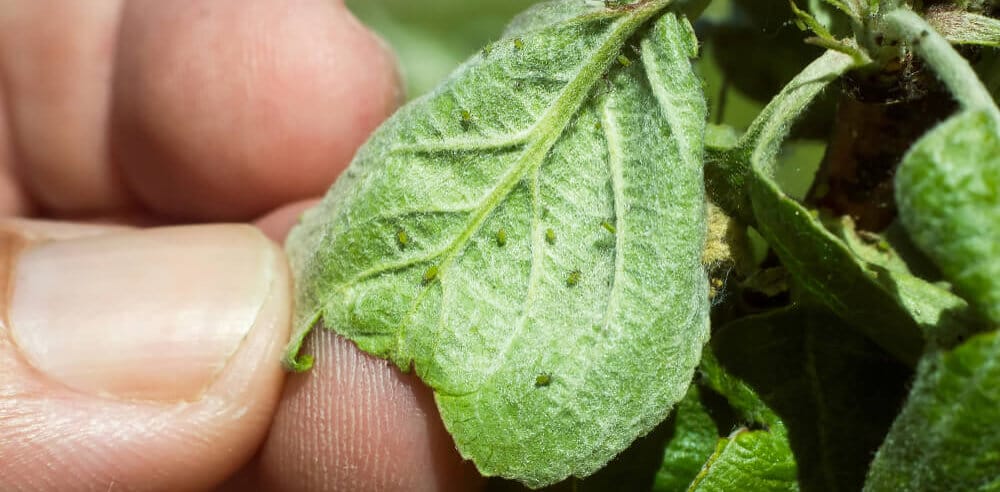
If there are less than a dozen aphids…
- Use a dry paper towel, pick the aphids off the individual heather leaves, and gently crush them.
- Dispose of the dead aphids in a garbage bag. Leaving potentially alive aphids behind will just cause a re-infestation.
- After removing the aphids you should inspect your leaf or heather to ensure there are no more aphids.
- Use a wet paper towel to rub any sap or residue from your leaf or heather to prevent additional aphids or even ants from attacking your plant.
If there are more than a dozen aphids…
- Use a wet paper towel to gently brush the aphids off the heather leaves and into a garbage can.
- Because some aphids have wings and others can crawl at a relatively fast speed you should never brush them into the grass. This can cause re-infestation or infestation of other heather.
- After removing the aphids, you should again inspect your leaves and heather to ensure there are no more aphids
- Use another wet paper towel to rub any sap or residue from your leaf or heather to prevent additional aphids or harmful insects like ants from attacking your plant.
#2. Spray the Infected Heather Leaves with a Hose
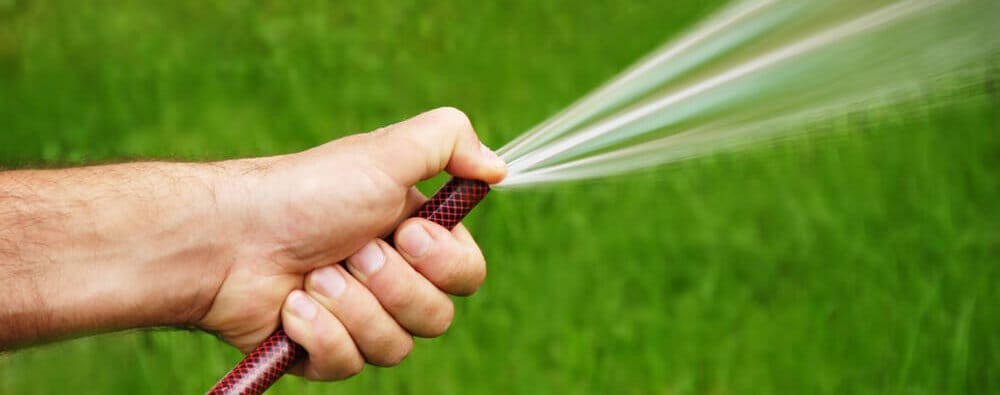
If Aphids are on your entire leaves…
- Spray the underside of your heather leaves in the morning with the high power setting on your hose until the aphids are removed. Low power settings or a watering won’t properly remove aphids.
- Then let your leaves completely dry.
- Spray the underside of your leaves and your plant in the evening again until the aphids are removed.
- To be safe, it is recommended to repeat the steps every day until aphids are completely gone.
- It is also recommended to follow the same steps with healthy heather immediately surrounding your attacked plant to help prevent the spread of aphids.
#3. Use Insecticidal Soap
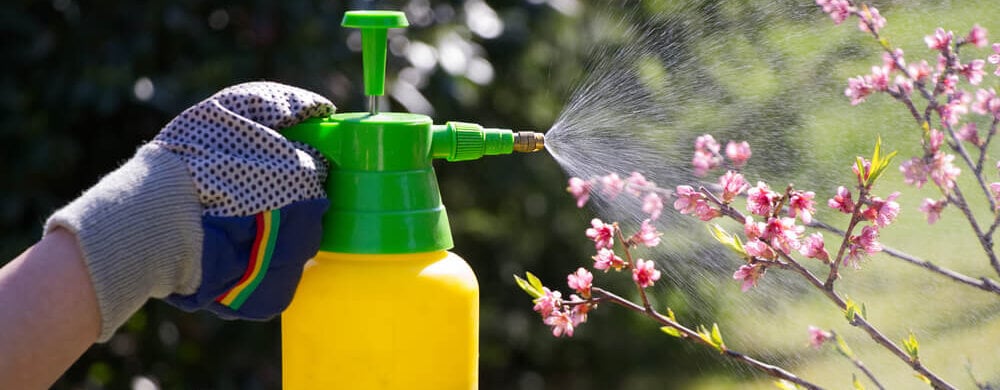
If there are large amounts of aphids on your heather…
- Use an traditional choice for controlling Aphids, such as Insecticidal Soap.
- Insecticidal Soap is a low-toxicity pesticide made of potassium and fatty acids that have been used by gardeners and farmers for centuries. It can kill large amounts of soft-shell insects like aphids without harming your plants, animals, or humans.
- You can also make your own Insecticidal Soap by combining one cup of oil (peanut, vegetable, corn, etc.) with one tablespoon of dish soap. Do not use bleach.
#4. Use Commerical Pesticides
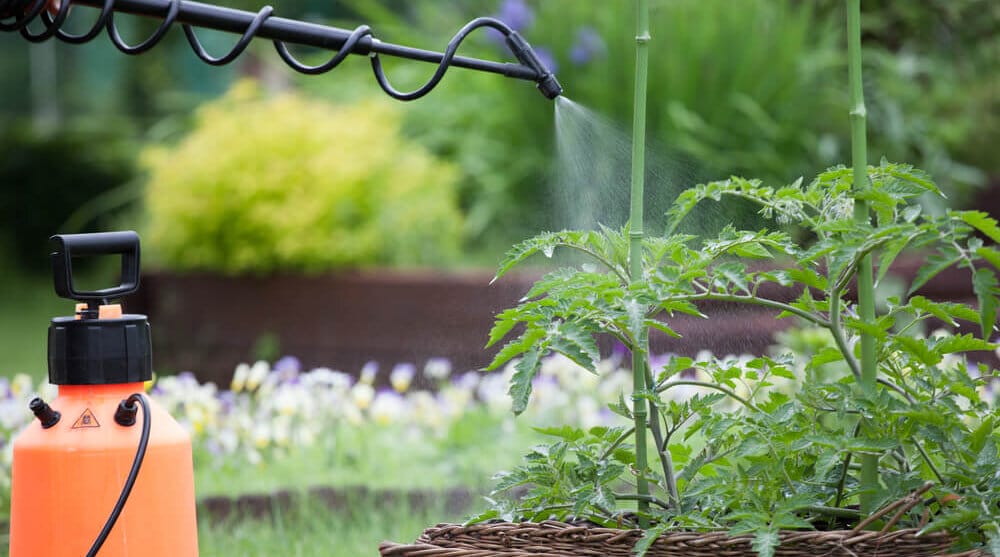
If Aphids just won’t die then…
- Spray your heather with a systemic pesticide that contains the chemical, Imidacloprid early in the morning. This is a commercial chemical that is non-toxic to humans and beneficial pollinators, but deadly to harmful insects like aphids.
- Repeat applying your pesticide until aphids are dead. It should be noted that it can take up to two weeks to fully kill an infestation of aphids and prevent them from spreading.
Related: 10 Best Insecticides for Your Garden
#5. Apply an Organic Pesticide
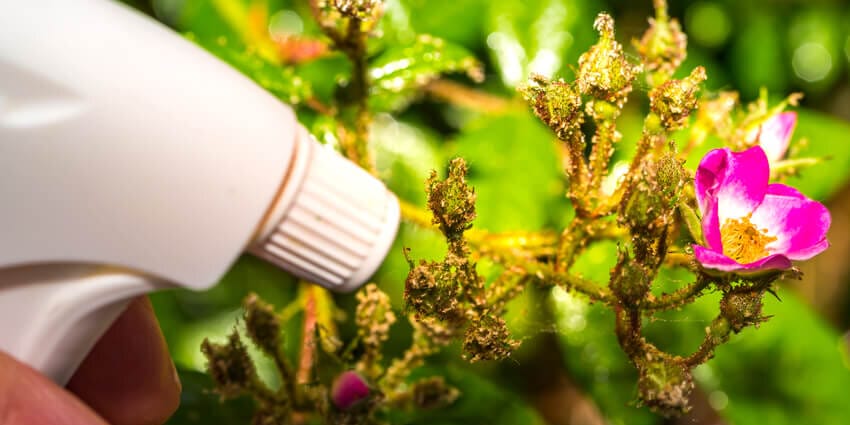
If you Want to Get Rid of Aphids Organically…
- Then create your own organic pesticide. You can create it by doing either of the following:
- Mix 3 teaspoons of dish soap with 1 quart of water. You can either spray or gently apply this solution onto your heather leaves
- Mix 1 teaspoon of dish soap, 1 teaspoon of cayenne pepper, and 1 quart of water.
Like a commercial pesticide, you should apply this solution to your heather in the morning until the aphid infestation is gone. Again, it may take two weeks to kill your infestation and it is not as effective as chemical pesticides.
It should be noted that while organic pesticides are almost guaranteed safe to you, children, and animals, it is typically not as effective as commercial products.
Do Not Use…
- Coffee Grounds, Banana peels, or any other home remedy that you may read about.
While you may read about these remedies in other articles there is little scientific evidence that they are effective and can even attract other insects or garden pests.
#6. Try Essential Oils
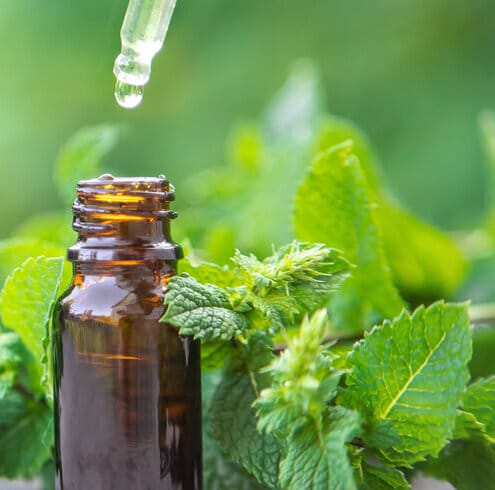
If Organic Pesticide doesn’t work then…
- Use essential oils to get rid of aphids.
- Use 4 to 5 drops of peppermint, clove, rosemary, and thyme and mix it with 1 cup of water. Spray onto the heather with aphids in the morning. You can also apply in the evening too.
- Repeat until the aphids are gone.
Essential oils are not only a great way to get rid of aphids, but also is an effective way to get rid of mosquitoes and other insect pests.
Related: 15 Natural Mosquito Repellent Plants
It should be noted that Essential Oils are a great way to Prevent Aphids and should be applied as soon as you grow new heather.
#7. Dust Your Heather Leaves

If You Don’t Want to Spray Aphids then…
- Apply a light dusting of diatomaceous earth. While not toxic to humans or animals, it can immediately kill aphids with it’s razor sharp particles.
This type of dusting should be used as a last result. It is more expensive than other remedies and can potentially kill beneficial insects and bees that visit your heather.
Dusting is also a great way to prevent aphids. Simply, apply light dusting on your leaves in early summer to prevent harmful insects like aphids from attacking your heather.
#8. Cut Back the Heather

If Aphids have spread to the entire heather…
- Remove entire leaves or branches of the heather if manually removing aphids, spraying your playing, or applying insecticides don’t work.
- It recommended to first remove leaves. Wait a day. If aphids are still on your heather then remove a few branches. Never remove more than one-third of the branches on your plant or it will die.
- Dispose of your infected leaves or branches in the garbage. Do not leave them near other plants where the aphids can spread and do not compost them.
#9. Attract Beneficial Insects
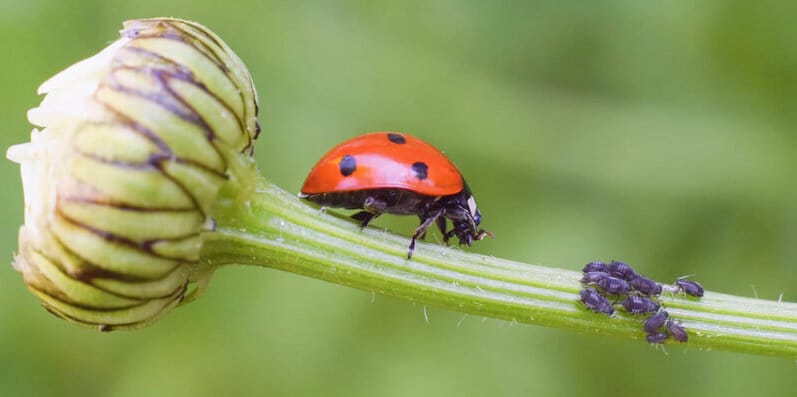
If you don’t want to use spray…
- Then grow heather that will attract ladybugs, hummingbirds, and green lacewings.
- These bugs and birds are the best at most effectively and quickly eating and getting rid of aphids.
Ladybugs and Lacewings are the best type of insects to eat and destroy aphid eggs and larvae.
Birds like chickadees are the best animal to attract to eat and destroy large numbers of adult aphids.
Not only are beneficial insects great to help get rid of aphids, but they are essential in preventing aphids infestations.
Ladybugs, lacewings, and chickadees are also great creatures to attract to keep ant colonies away from your plants. Ants are known to be attracted to aphids and also protect them.
- Some of the best plants to grow that will attract these aphid predators include:
- Mint, Heather, Dill, Yarrow, Dandelions, Coneflowers, and Daisies.
Related: 44 Best Ways to Attract Hummingbirds
#10. Stop Growing Certain Other Plants
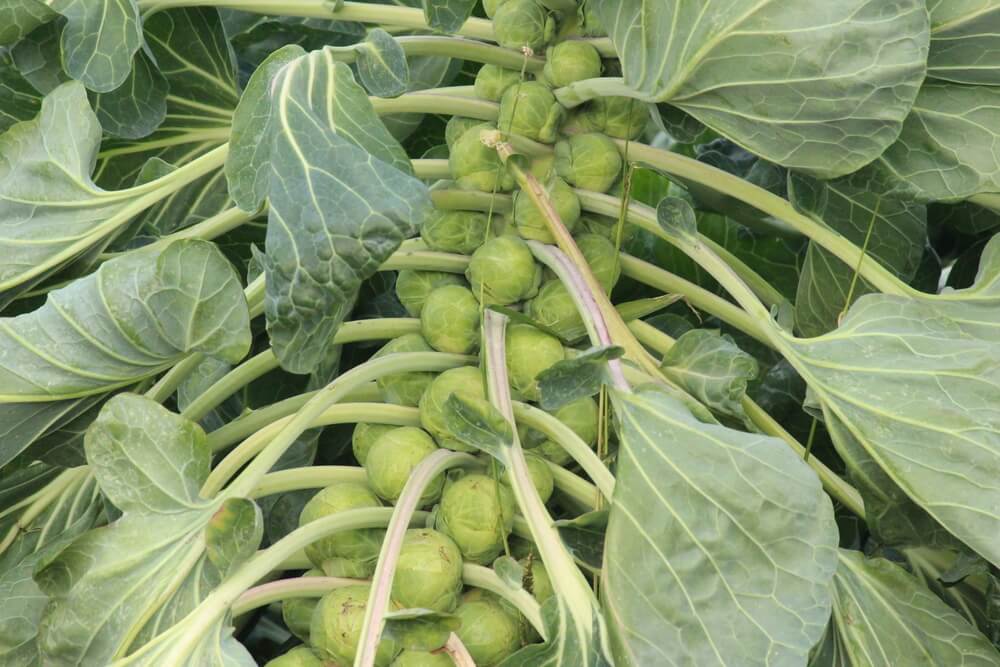
If none of the above steps work then…
- Stop Growing the Plants around Heather that are attracting Aphids. This will help get rid of aphids and also prevent them.
These plants tend to have large leaves with shade where aphids can feast. Some of these plants are:
- Potatoes
- Soybean
- Asparagus
- Green Beans
- Corn
- Eggplant
- Lettuce
- Peppers
- Rose
- Sweet Potato
- Brussel Sprouts
- Cauliflower
- Broccoli
If you really want to keep growing these plants then it is recommended you move them to a different part of your yard to reduce the spread of aphids to heather.
11. Apply Neem Oil
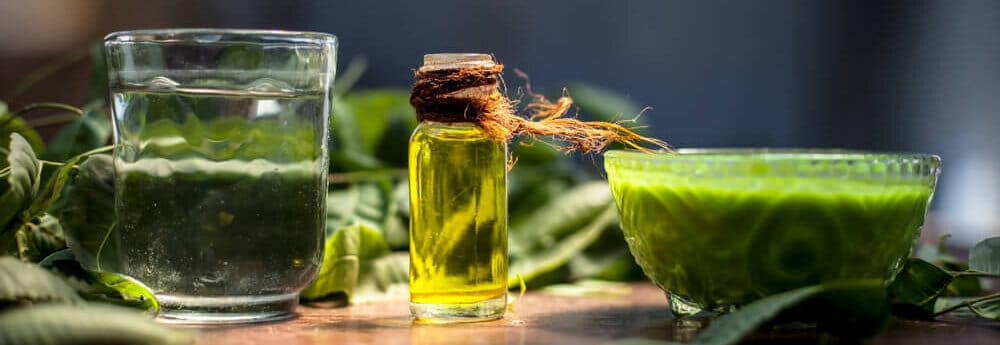
The Most Effective Way to Prevent Aphids is to…
Apply Neem Oil
- While you can make your own organic neem oil it is recommended to mix commercialal Neem Oil with water in a garden sprayer and apply it onto all your fruit and vegetable trees in mid to late winter immediately before the last frost.
*Commercial neem oil is as safe as diy neem oil*
Find your last frost date HERE.
You will need to spray your heather several times before the spring to destroy aphid eggs and repel mature aphids. Neem Oil will not kill beneficial insects with hard shells and bees.
12. Pick the Right Neighboring (Companion) Plants
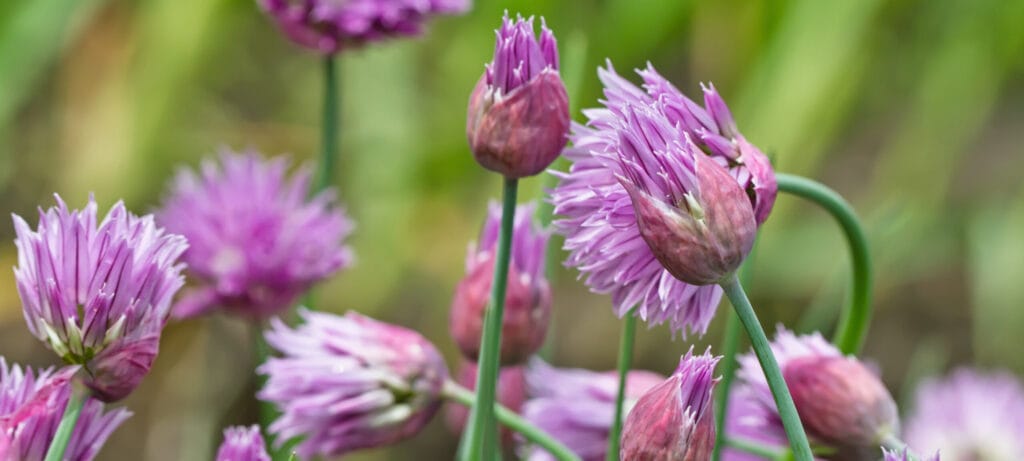
If you want to increase the likelihood of preventing aphids from attacking your heather then you should plant the following (around plants that get attacked) that have strong scents that insects hate:
- Oregano
- Chives
- Garlic
- Onions
- Leeks
- Sage
- Basil
These are also great plants to deter other garden pests like deer, squirrels, and chipmunks.
Related: How to Deter Deer: 20 Easy Tips
You can also grow plants that attract aphids to a different part of your garden or yard to prevent infestation to your good plants. These include:
- Zinnias
- Dahlias
- Cosmos
- Asters
- Calendula
- Nasturtium
- Mum
- Hollyhock
If you urban garden or have a very small space for these plants then it is recommended to use gardening pots for these plants to help save space.
13. Avoid Overfertilizing
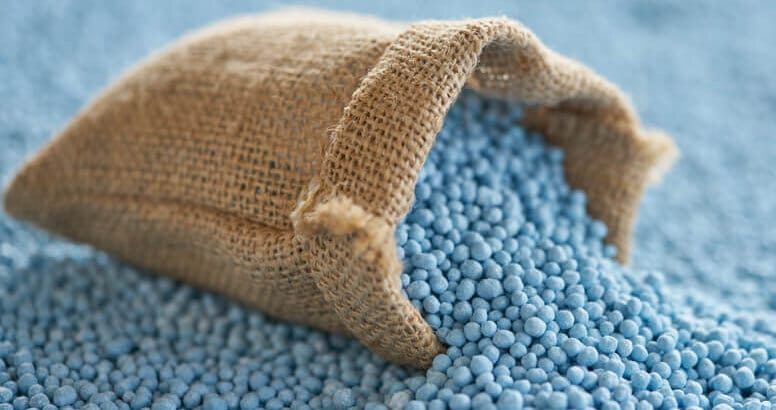
Fertilizing promotes new growth, faster.
Aphids are attracted to new heather growth almost 100% of the time.
Instead of fertilizing your heather all at once, you should apply smaller amounts of fertilizer throughout the year. You can also apply fertilizer once with a slow-release solution.
Related: 10 Best Garden Fertilizers for ALL Plants
14. Keep Heather Watered
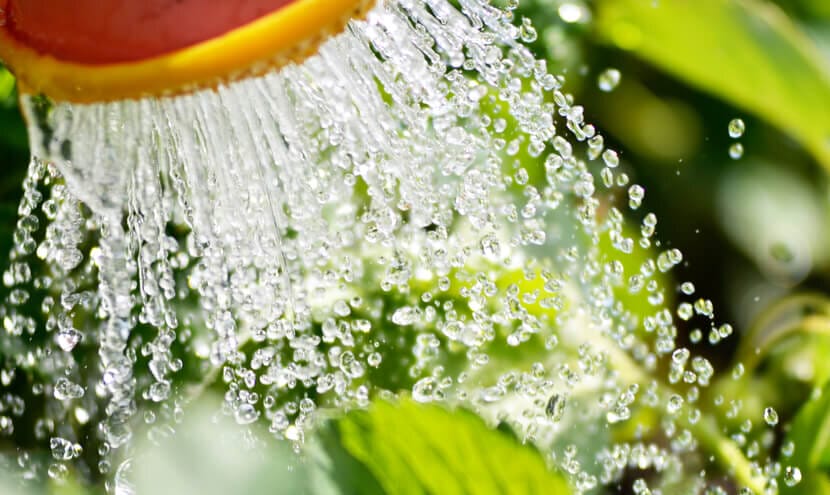
Keep your heather well-watered throughout the year.
This is especially important during hot summer days or droughts.
When heather aren’t watered they become weakened, which decreases their chances of producing chemicals that can help them fend off harmful pests like Aphids.
If you notice that aphids continually come back to your plants every year then it is recommended to water at least one more day a week.
15. Use Silver Reflective Mulch
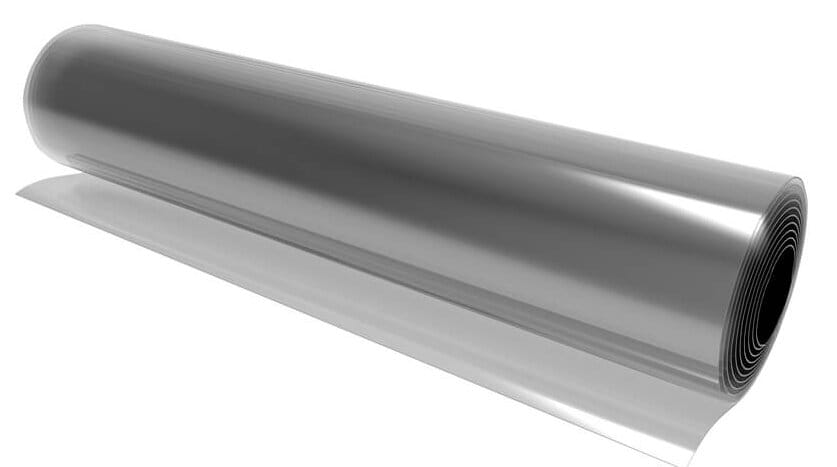
Based on scientific studies at farms and gardens across the world, it has been proven that silver reflective mulch, also known as mylar, is effective at repelling aphids.
All you need to do is lay the mulch throughout your garden, grow your heather in the mulch hole, and expect no aphids or dangerous insects.
Not only that, but mulch is a great way to prevent weeds and help your heather retain valuable water and nutrients they need to grow vegetables.
16. Destroy Ant Colonies
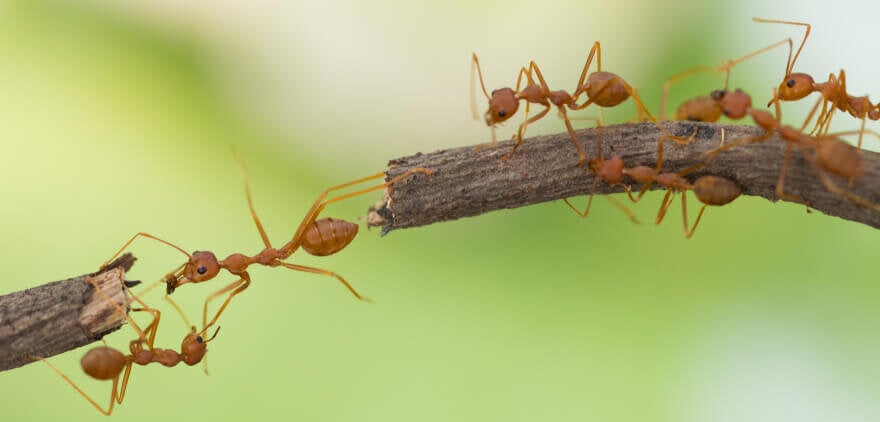
When you find aphids around your heather you’ll also usually find ant colonies.
Ants can be found around aphids because they eat the waste aphids produce called “honeydew”.
Ants then protect aphids against beneficial insects like ladybugs and this can cause infestations to get larger, quicker.
Destroy ant colonies anywhere in your yard and around your heather with one of the pesticides listed above.
And don’t forget to wipe off the heather that had aphids on it. Even after ants and aphids are dead, leftover honeydew can attract other ants.
Conclusion
As a reminder, there are 16 Proven & Effective Ways to Get Rid of Aphids on Heather. They are:
- Manually Remove Aphids
- Spray Leaves or the Heather that have Aphids
- Use Insecticidal Soap
- Use Commercial Pesticide
- Apply an Organic Pesticide
- Use Essential Oils
- Dust Your Heather & its leaves
- Cut Back Your Heather
- Attract Beneficial Insects
- Stop Growing Certain Plants
- Apply (commercial) Neem Oil
- Grow Companion Plants
- Don’t Overfertilize
- Don’t Forget to Water
- Use Silver Reflective Mulch
- Destroy Ant Colonies